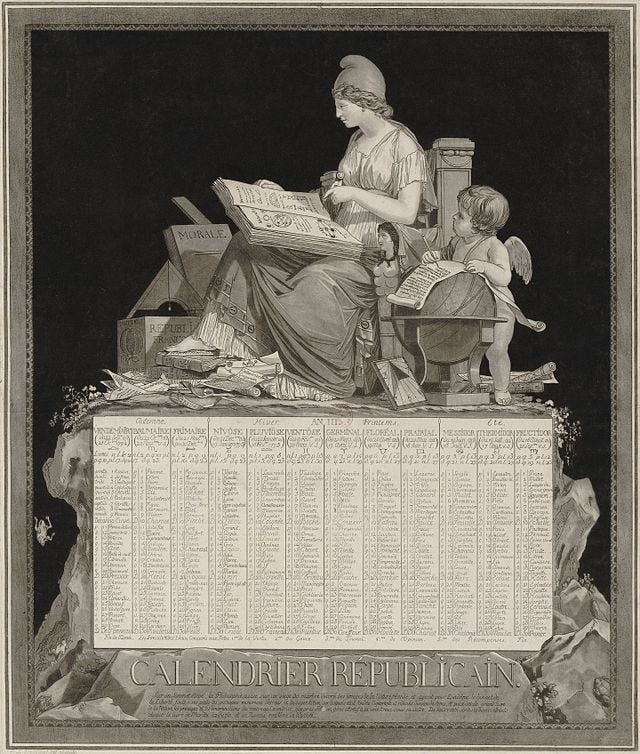Messianic Time
The Promise of Fulfillment

I really enjoy the comments and also some of the pushback against my ideas around “Christ consciousness.” This is meant to be an investigation, an exploration. I am not pretending to know “the truth,” even if certain ideas and possibilities compel me.
This weekend, I had a long talk with a staunch atheist/agnostic who strongly believes we must “abolish” religion so that humanity can get past obsolete myths and irrational beliefs to focus on attaining knowledge and reason via STEM education. I sympathize with this perspective too. Ultimately, I want to attempt the resolution of many opposing views.
One commentator noted that, according to “astrotheology,” the legend of Christ assembled by the Church was a hodgepodge of previous god-archetypes, including Horus and Mithras, who shared similar characteristics. This was the view of Peter Joseph's film Zeitgeist, as described in Religious Dispatches:
Zeitgeist argues that Christianity originated in ancient sun-worshipping religions… Jesus never existed, according to this theory, and his religion is a myth that functions to empower elites and control the masses… Comparing Jesus to the Egyptian god Horus, the film outlines how Jesus was a mythic figure derived from pagan sun worship. He was part of a long line of mythic figures including Attis, Krishna, Dionysus, and Mithra. They were all born of virgins, the film alleges, and also experienced death and resurrection. Their myths are not stories about what actually happened but, rather, they reflect the movement of astrological bodies…”
Does the evidence support Zeitgeist’s overarching thesis? Here a Christian scholar refutes the idea that Christ and Mithra share deep similarities. Here, another researcher debunks the claim that Christ’s story repeats many of the myths around Horus. And here is a refutation of the idea that Christ shared characteristics with Dionysus. Certainly, the archetype of the “Sacrificed God,” linked to fertility cults, was quite universal. But other elements of Christ’s saga seem particular. It requires a lot of glossing to reduce all of these myths to the same template. The Zeitgeist film could be seen as atheist propaganda.
The Gospels are confused and peculiar, offering four different accounts of the same event, at least some of them written long after the fact. I suspect the reason for their peculiarity is that they mark the unavoidably clumsy transition between two modes of understanding reality — of what the philosopher Jean Gebser, in The Ever-Present Origin, called “consciousness structures.” In Gebser’s terms, The Gospels represent the disjunctive break—mutation or irruption—from the mythical to the mental-rational structure, the fall from myth into history. At the same time, “Christ consciousness,” messianic revelation, points toward another structure, which Gebser called “integral-aperspectival.”
Keep reading with a 7-day free trial
Subscribe to Liminal News With Daniel Pinchbeck to keep reading this post and get 7 days of free access to the full post archives.


